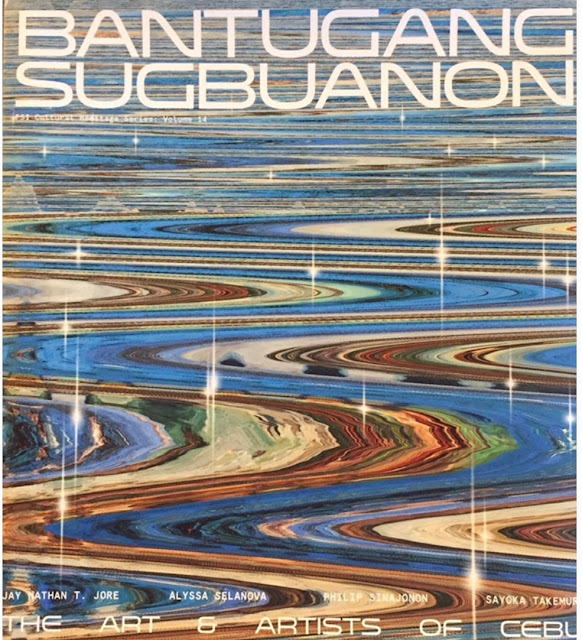The National Anthem of Biafra
 The Republic of Biafra was a secessionist state in south-eastern Nigeria. Biafra was inhabited mostly by the Igbo people and existed from 30 May 1967 to 15 January 1970. The secession was led by the Igbo due to economic, ethnic, cultural and religious tensions among the various peoples of Nigeria. The creation of the new country, named after the Bight of Biafra (the Atlantic bay to its south), was among the complex causes for the Nigerian Civil War, also known as the Nigerian-Biafran War. Land of the Rising Sun was chosen for Biafra's national anthem.
The Republic of Biafra was a secessionist state in south-eastern Nigeria. Biafra was inhabited mostly by the Igbo people and existed from 30 May 1967 to 15 January 1970. The secession was led by the Igbo due to economic, ethnic, cultural and religious tensions among the various peoples of Nigeria. The creation of the new country, named after the Bight of Biafra (the Atlantic bay to its south), was among the complex causes for the Nigerian Civil War, also known as the Nigerian-Biafran War. Land of the Rising Sun was chosen for Biafra's national anthem.Biafra was recognized by Gabon, Haiti, Côte d'Ivoire, Tanzania and Zambia. Other nations did not give official recognition, but provided assistance to Biafra. Israel, France, Portugal, Rhodesia, South Africa and the Vatican City provided support. Biafra also received aid from non-state actors; Joint Church Aid, Holy Ghost Fathers of Ireland, Caritas International, MarkPress and U.S. Catholic Relief Services all gave support.
Since Biafra mounted a secessionist campaign in the 1960s, it adopted a flag and anthem "Land of the Rising Sun". The anthem uses the familiar "Finlandia" tune by Finnish composer Jean Sibelius. The lyrics were written by Nnamdi Aakiwe.
Jean Sibelius (8 December 1865 – 20 September 1957) was a Finnish composer of the later Romantic period whose music played an important role in the formation of the Finnish national identity. His mastery of the orchestra has been described as "prodigious".
The core of Sibelius's oeuvre is his set of seven symphonies. Like Beethoven, Sibelius used each one to develop further his own personal compositional style. Unlike Beethoven who us
 ed the symphonies to make public statements, and who reserved his more intimate feelings for his smaller works, Sibelius released his personal feelings in the symphonies. These works continue to be performed frequently in the concert hall and are often recorded. In addition to the symphonies, Sibelius's best-known compositions include Finlandia, Valse triste, the violin concerto, the Karelia Suite and The Swan of Tuonela (one of the four movements of the Lemminkäinen Suite). Other works include pieces inspired by the Kalevala, over 100 songs for voice and piano, incidental music for 13 plays, the opera Jungfrun i tornet (The Maiden in the Tower), chamber music, piano music, 21 separate publications of choral music, and Masonic ritual music. Sibelius composed prolifically until the mid-1920s.
ed the symphonies to make public statements, and who reserved his more intimate feelings for his smaller works, Sibelius released his personal feelings in the symphonies. These works continue to be performed frequently in the concert hall and are often recorded. In addition to the symphonies, Sibelius's best-known compositions include Finlandia, Valse triste, the violin concerto, the Karelia Suite and The Swan of Tuonela (one of the four movements of the Lemminkäinen Suite). Other works include pieces inspired by the Kalevala, over 100 songs for voice and piano, incidental music for 13 plays, the opera Jungfrun i tornet (The Maiden in the Tower), chamber music, piano music, 21 separate publications of choral music, and Masonic ritual music. Sibelius composed prolifically until the mid-1920s.However, soon after completing his Seventh Symphony (1924), the incidental music to The Tempest (1926), and the tone poem Tapiola (1926), he produced no large scale works for the remaining thirty years of his life. Although he is reputed to have stopped composing, he did attempt to continue writing, including abortive attempts to compose an eighth symphony. He wrote some Masonic music and re-edited some earlier works during this last period of his life, and retained an active interest in new developments in music, although he did not always view modern music favorably.
Above is a first day cover of the composer with a score of Finlandia, a tune the Biafran anthem is based. Below is a Romanian stamp honoring the composer.






